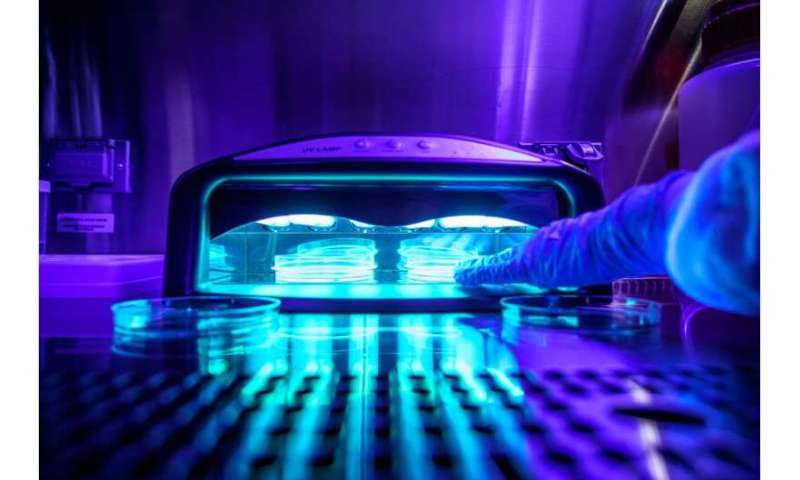Best of Last Week—Nail polish dryers damage DNA, why batteries self-discharge, fixing high blood pressure

It was an interesting week for the study of human activities as a team at the University of California San Diego announced that UV-emitting nail polish dryers damage human DNA and cause mutations in cells—used to cure gel manicures, the drying devices may also represent a public health concern. Also making headlines, a team with one member from Duke University and the rest with the Environmental Working Group, in Washington, D.C., found that eating one wild fish caught in a river or lake in the U.S. was equivalent to drinking tainted water for a month. Forever chemicals called PFAS, they reported, were found in three quarters of all samples they collected from water sources across the U.S. And a pair of writers at The Conversation wondered why humans have dominated the planet despite never evolving to cope with the cold—in the end, they suggest our brains allowed us to adapt by developing tools, new ways to hunt and the development of clothes.
In technology news, a team with members from NASA's Jet Propulsion Laboratory, Northeastern University and the Air Force Research Laboratory developed a system to allow multi-kilometer and sub-terahertz communications at extremely high frequency bands. And Michael Metzger, an assistant professor at Dalhousie University, discovered why batteries in portable electronic devices self-discharge—turns out, it is due to decomposition of the tape that holds the electrodes together. Also, a team at VIT-AP University in India created MetaSecure, a password-free, three-stage authentication system for the metaverse. And an international team of researchers found that it is possible to generate hydropower without a negative environmental impact. In analyzing 3 million rivers around the world, they found that 4,644 could be used to generate power without harming the environment around them.
In other news, a team with members from the Netherlands, the U.S. and the U.K. found that women in the U.S. have shorter pregnancies than women in Europe, as well as higher maternal and infant mortality rates. Also, a graduate student at Princeton University and his advisor found that the study of the ripples in the fabric of the universe may reveal the start of time. And finally, a team with members from Queen Mary University of London and Barts Hospital, and Cambridge University Hospital, found that a simple, 10-minute scan could enable detection and cure of one of the most common causes of high blood pressure—the development of tiny nodules in a hormone gland.
© 2023 Science X Network